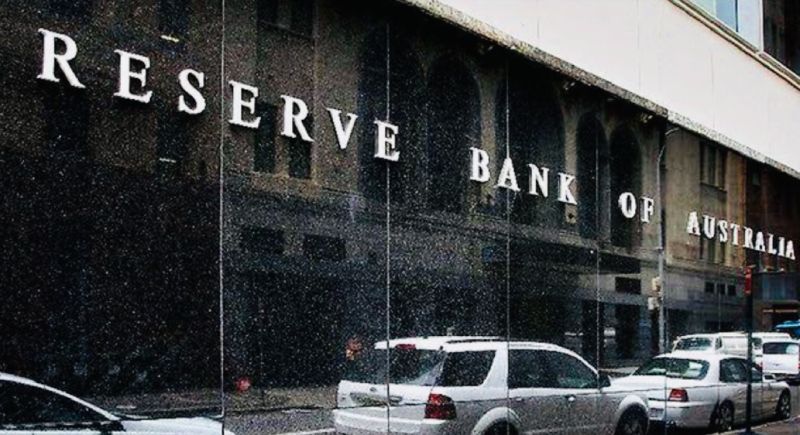How to invest in bonds (the biggest winner from RBA rate hikes)
While much of the attention from the Reserve Bank of Australia’s record-breaking rate hiking cycle is naturally being paid to the impact on pay packets, bonds are a rare winner from this incredible policy shift.
Interest rates are one of, if not, the most important input into the financial system, driving the valuation of nearly every asset class in the world. They are also key determinants of how much income many of us have to spend after our mortgage payments are deducted.
For many people, the swift increase in rates from 0.10 per cent in February this year to 4.1 per cent has resulted in a massive negative impact on their lifestyle, attracting headlines the world over. Yet for those in retirement or alternative in a position of being able to invest surplus capital, it has made an underappreciated and misunderstood part of the market significantly more attractive.
That part of the market is boring old ‘bonds’. What triggered this article was the release of a survey by Natixis Investment Management recently that showed just 18 per cent of Australian’s had invested in bonds, and 26 per cent understood how they worked.
Bonds are among the most simple and oldest investment in the world, simply representing a loan from one party to another. In return for providing another person with said loan, the lender is entitled to receive interest and their capital back on maturity of the loan.
Term deposits are among the purest forms of loan, representing the provision of capital to a bank or financial institution, who in return pay you interest determined by the prevailing market rates. Most term deposits in Australia are covered by the government guarantee.
As is the case for most of the investment world, we tend to overcomplicate matters when discussing what are essentially basic concepts. Move beyond term deposits to government or ‘semi-government’ bonds and little changes apart from the fact that you are lending money to the Federal or State Government.
The key difference between term deposits and government bonds is simply that one (government bonds) is tradeable in a similar way to an ASX share, while the other (term deposit) must be held until maturity.
The confusion doesn’t end there, however, with corporate bonds reflecting loans to companies and the now increasingly popular term ‘credit’ meaning something very similar. The vast majority of bonds, particularly government, pay fixed rate ‘coupon’ or interest payments, as opposed to variable or discretionary dividends.
For prospective investors in the sector, there are three key terms that are most important to understand. Running yield is simply the bond version of a percentage dividend payment. Term to maturity is the number of years until you will be repaid for lending this money. While duration measures how sensitive the value of your bond is to movements in interest rates.
This last measure is particularly relevant given the events of 2022. For those 74 per cent of people who don’t understand how bonds work, the capital losses that occurred would be been surprising to say the least.
This was a key message in the survey, which showed that just 0.5 per cent of respondents knew that increases in interest rates would result in the value of bonds falling but future income increasing.
With the yield on Australian government bonds nearing 4 per cent, investors are spoiled for choice and able to take less risk than ever in the pursuit of income. There remains a diverse range of options available to invest, whether in the form of ETFs offered by Blackrock or Vanguard, or alternatively, more actively managed funds.









